You’ve doubtless seen a lot of stories about how bicycle sales are booming. One of the only silver-lining side-effects of the COVID-19 lockdowns and social-distancing rules is surely that gym goers are now seeking two-wheeled cardio—and nobody who has a choice wants to commute on public transit. The latter concern clearly has fueled electric bicycle sales, too, up 137 percent through May (the latest month available) according to market analysts, the NPD Group.
A complementary trend is the boom in off-road motorcycle sales, which increased 50 percent so far in 2020, according to stats from the Motorcycle Industry Council of America.
But there’s a less-hyped trend, too, that you might call the Tesla-ization of motorcycles. Sure, you knew brands like Harley-Davidson have been in the mix, but the real boom is in startups in the e-moto space pushing bikes with knobby tires and long-travel full suspensions. These rides fuse some of R&D from the world of downhill mountain bikes with battery and motor tech already available thanks to tens of billions of dollars sunk into EV research by the car industry. The main improvement is lighter weight—batteries are heavy, but electric motors are much lighter than gas ones. Plus, there’s the elimination of carrying fuel so high in the chassis, which is precisely where you don’t want weight in a two-wheeled vehicle.
These bikes also don’t pollute, and they’re nearly silent. For lots of would-be buyers who might think a motorcycle adventure would be cool (especially when you really want to get away from crowds), the turnoffs from the past—noise, a hot exhaust pipe, and pollution—evaporate with this newfangled breed.
Fox Racing sees this trend as nothing but positive—they sell in both the mountain biking and moto markets, and Austin Hoover, in charge of marketing for the latter, says the off-road boom means the brand literally cannot keep enough body armor, clothing, and helmets in stock.
Hoover adds that the company is thrilled to see the rise of electric propulsion for both mountain bikes and motorcycles. “In the mountain bike world at first there were haters, but now there’s acceptance, because you’ve now got so many more riders, and that means we all get more trails, because the market got bigger.” Hoover says electrifying motorcycles for dirt makes a lot of sense, “Because suddenly you eliminate the complexity of using a clutch,” since most electric motorcycles are simpler, with twist throttle control but no gears, so the learning curve is exceedingly flat. “Now, because of the pandemic, there’s this guy who really wants to be outdoors, but to do it safely and get farther away from crowds, and this makes that possible.”
As for electric MX, and adventure bikes we’re excited about, here are four you can buy right now, and three more we’re dying to test when they’re available.
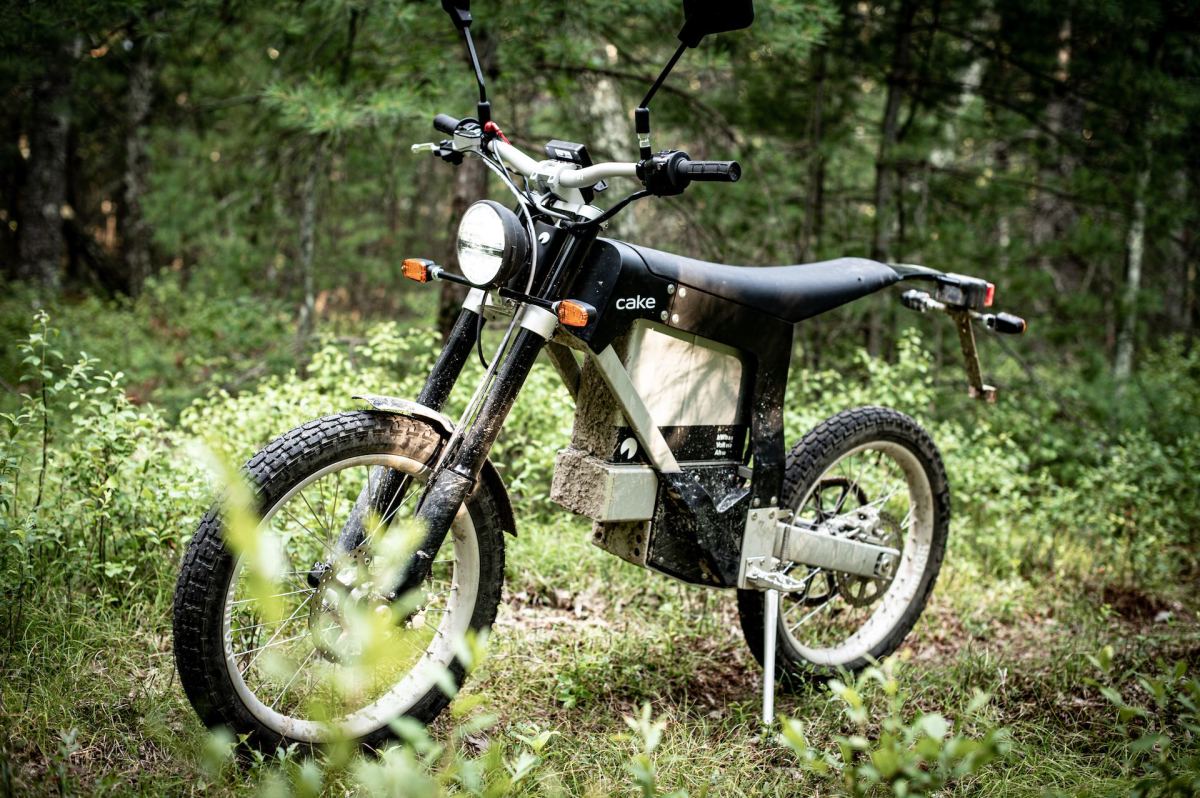
Cake Kalk INK SL
When we tested the INK SL this summer, we got to experience the two key promises of electrification: nearly silent drive, so we could chat rather than shout to our fellow Cake riders; and exceptionally low, flickable weight. There’s also near-instantaneous torque on par with just about any bike in its class. Downsides? The $10,500 sticker shock.
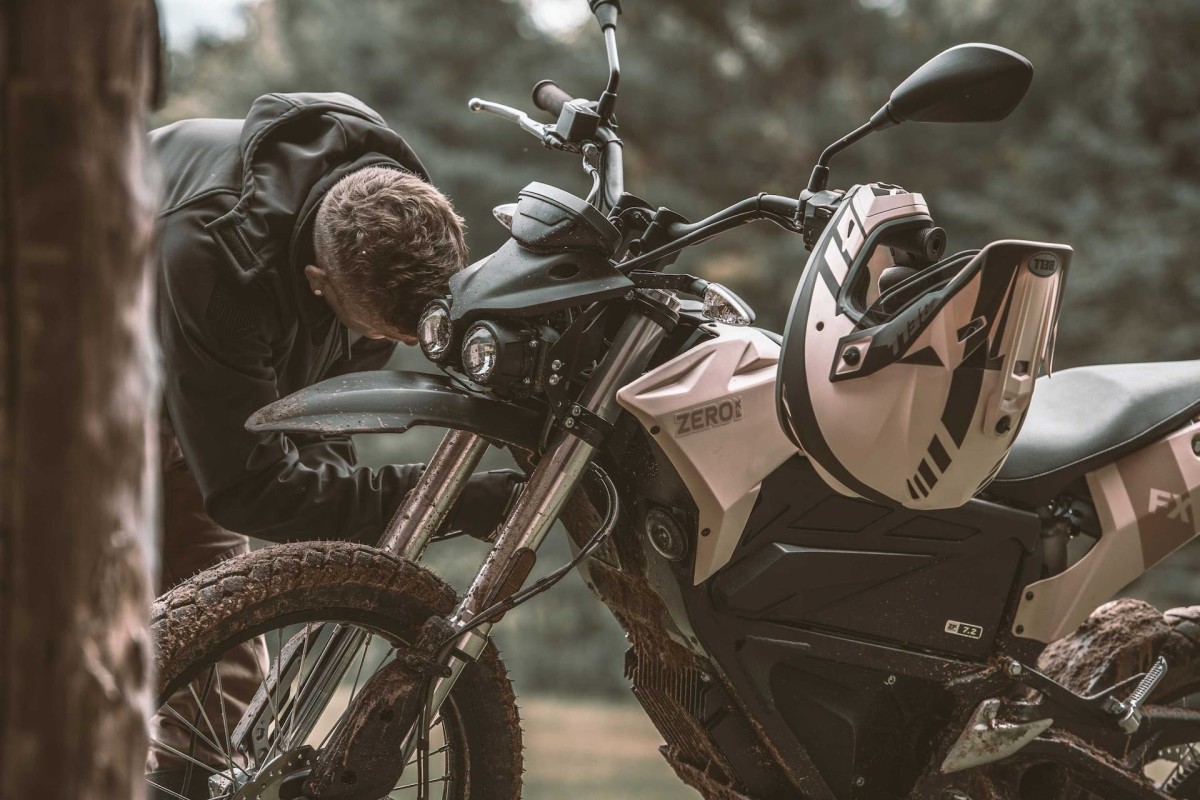
Zero FX
With a lower starting price of $8,995, up to 91 miles of range, a smartphone app that lets you adjust tuning on the fly, and 78 lb-ft of torque, the FX is yet another reason Zero is the electric brand everyone else is chasing—at least at the higher end. Zero’s Dan Quick also points to this year’s launch of the Black Forest dual-sport as a hot seller. While Quick was coy on actual sales stats, he said the lockdown has especially increased already brisk sales of the company’s adventure-tilted motos.
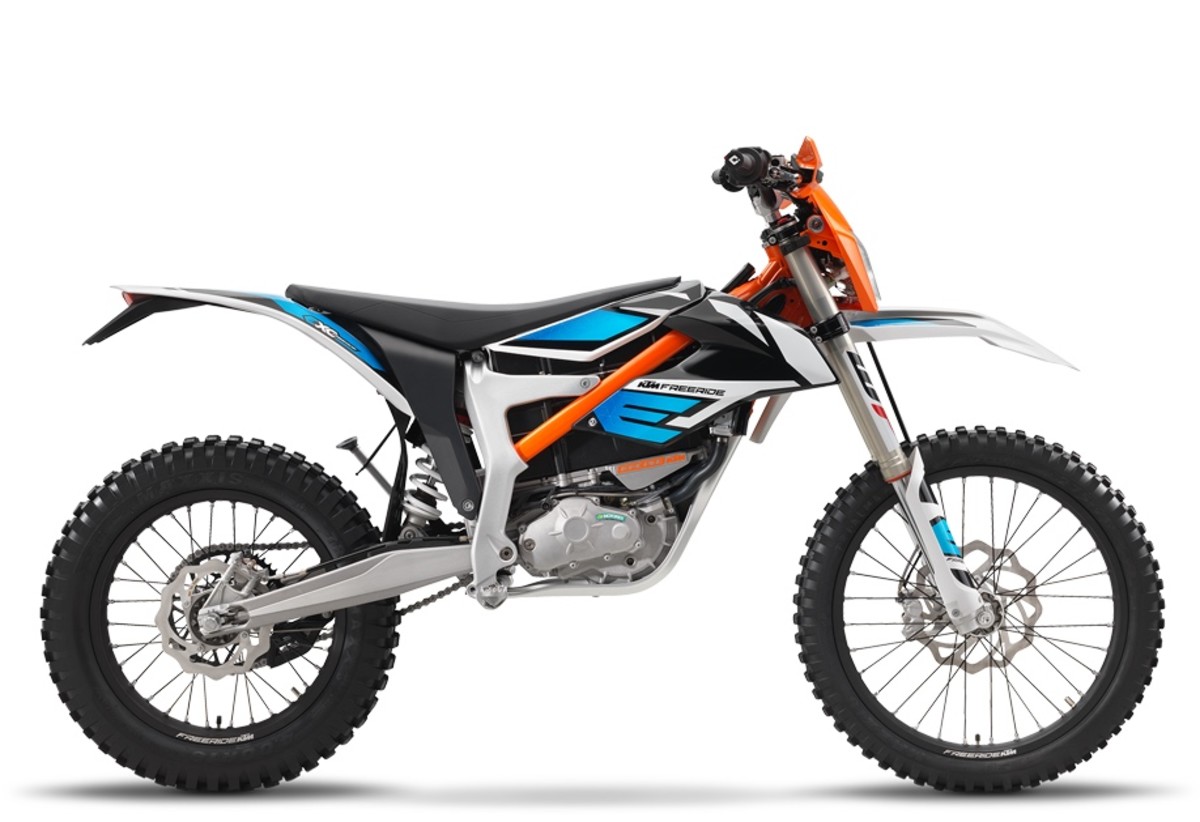
KTM Freeride E-XC
The $10,499 Freeride E-XC’s 10 inches of suspension travel (vs. closer to 8 inches for both the Cake and Zero FX) and more ground clearance make the Freeride E-XC the most gas-like MX bike here. It is, however, heavier than the Kalk INK SL, at 238 pounds. What really interests us, however, is that KTM has promised (cryptically) to offer many more models of electric motorcycle over the next few years. That’s largely driven by the brand’s strength in the European market and its more stringent emissions, but will also benefit in North America.
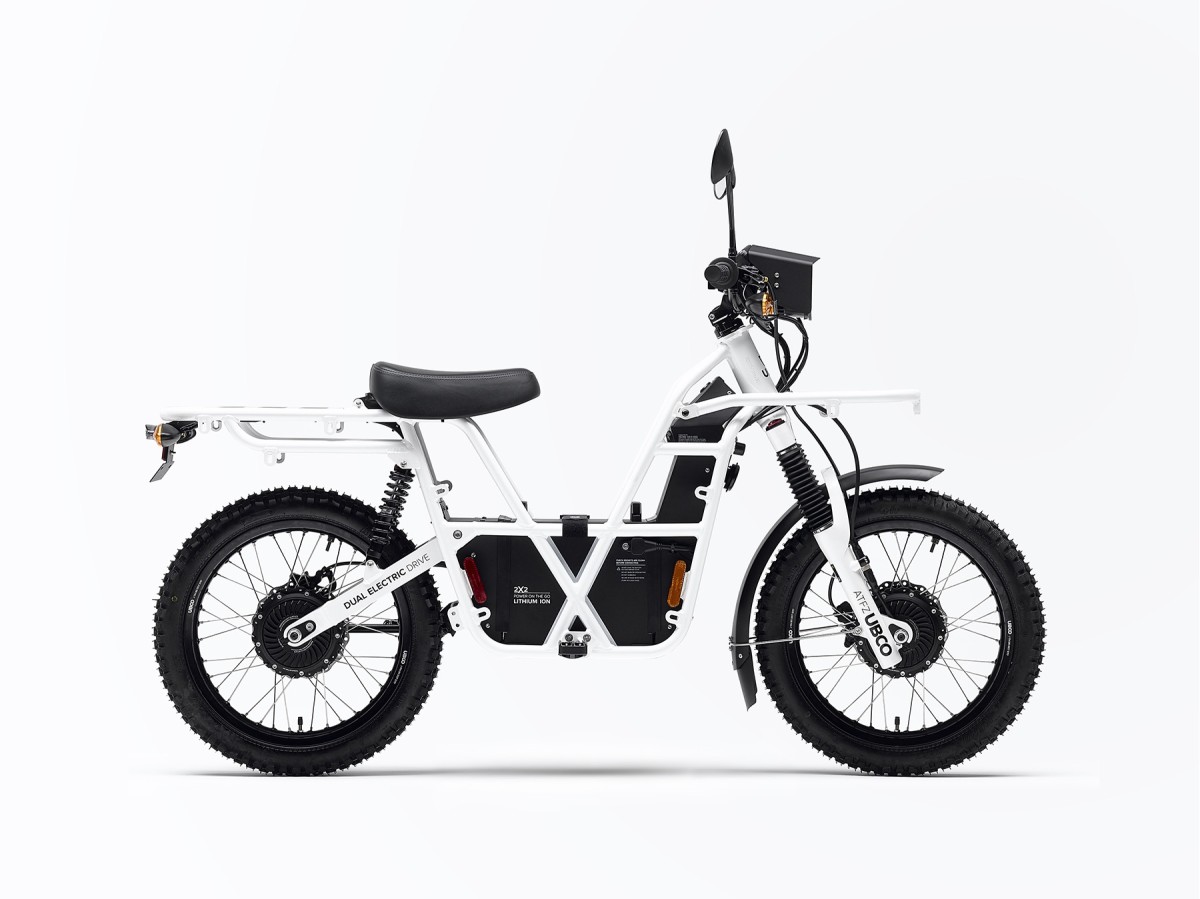
For $6,999, UBCO’s selling something very different: a lightweight (144-pound) two-wheel-drive electric motorcycle designed to claw and scratch up just about any trail you might try. It’s not a motocross machine like the KTM, with a more modest, 5 inches of suspension travel and a 30 mph top speed, but 75 miles of range is pretty great, as is the option to use it as a battery base when you get to camp, with both 12-volt and USB output. Also exciting: The $8,999 FRX1 coming next summer. At only 132 pounds and with 10 inches of suspension travel, this is the Goldilocks spot between the muscular Zero FX and the super lightweight Cake.
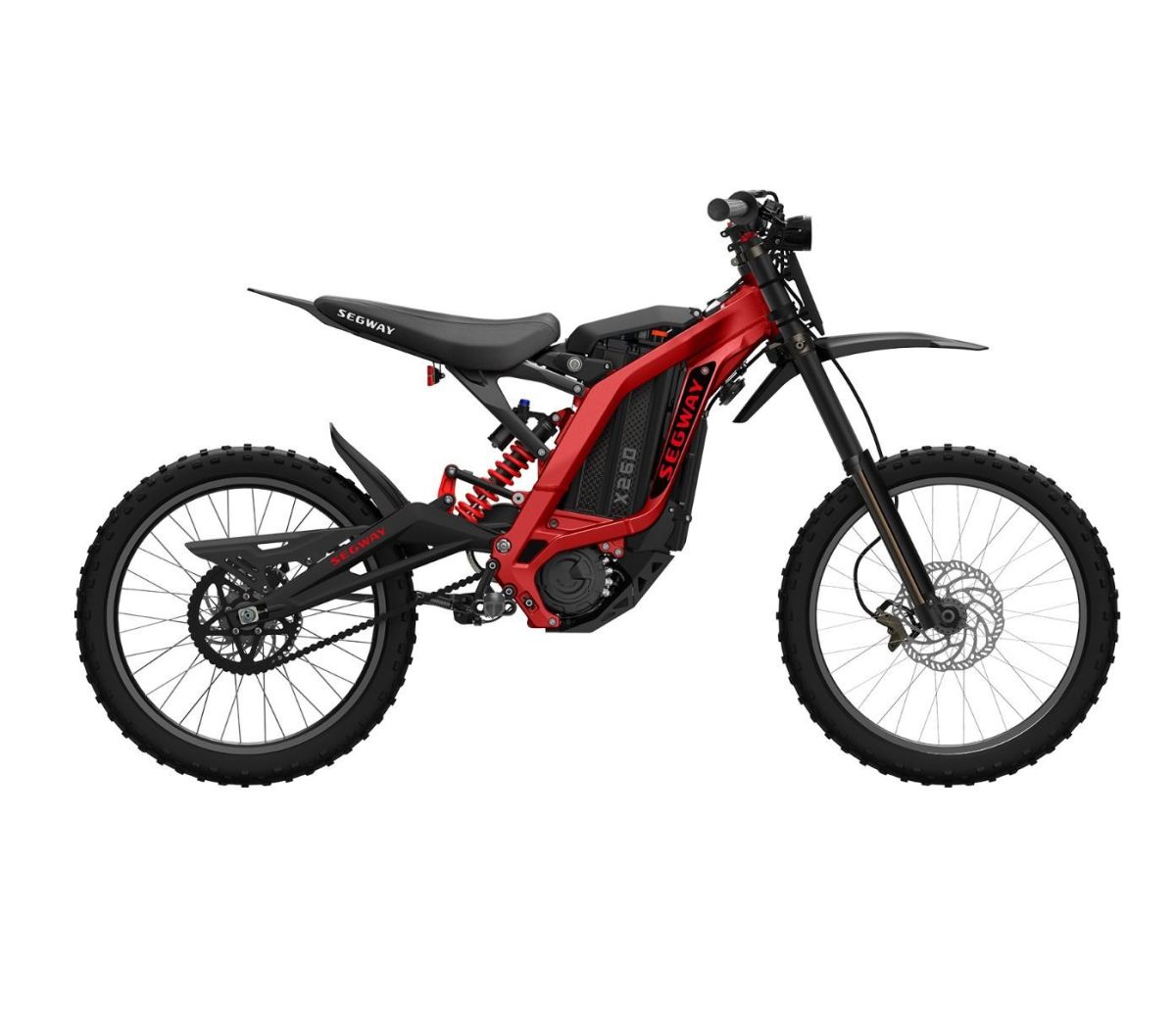
Segway X260
Call us curious, but also slightly concerned about what this is really about. Yes, it is that Segway, as its owned by the same investor group that holds Sur Ron—so this is more of a branding exercise to harness Segway’s more widely known name, but with Sur Ron’s guts. And it boasts good specs: A 121-pound shredder with 10.6 inches of ground clearance at just $5,000 is compelling. Why the hedge, then? For starters, we’d want to be sure the 23.6 lb-ft of torque (about half the thrust of either the KTM and the Cake) is muscular enough. It could be: Don’t forget how light it is, and the wheelbase is barely longer than most freeride mountain bikes, so it’ll rip corners and should be insanely nimble. If it isn’t vaporware (Segway keeps listing the X260 as “out of stock”) this could be the most thrilling device ever to wear a Segway sticker.
COMING SOON
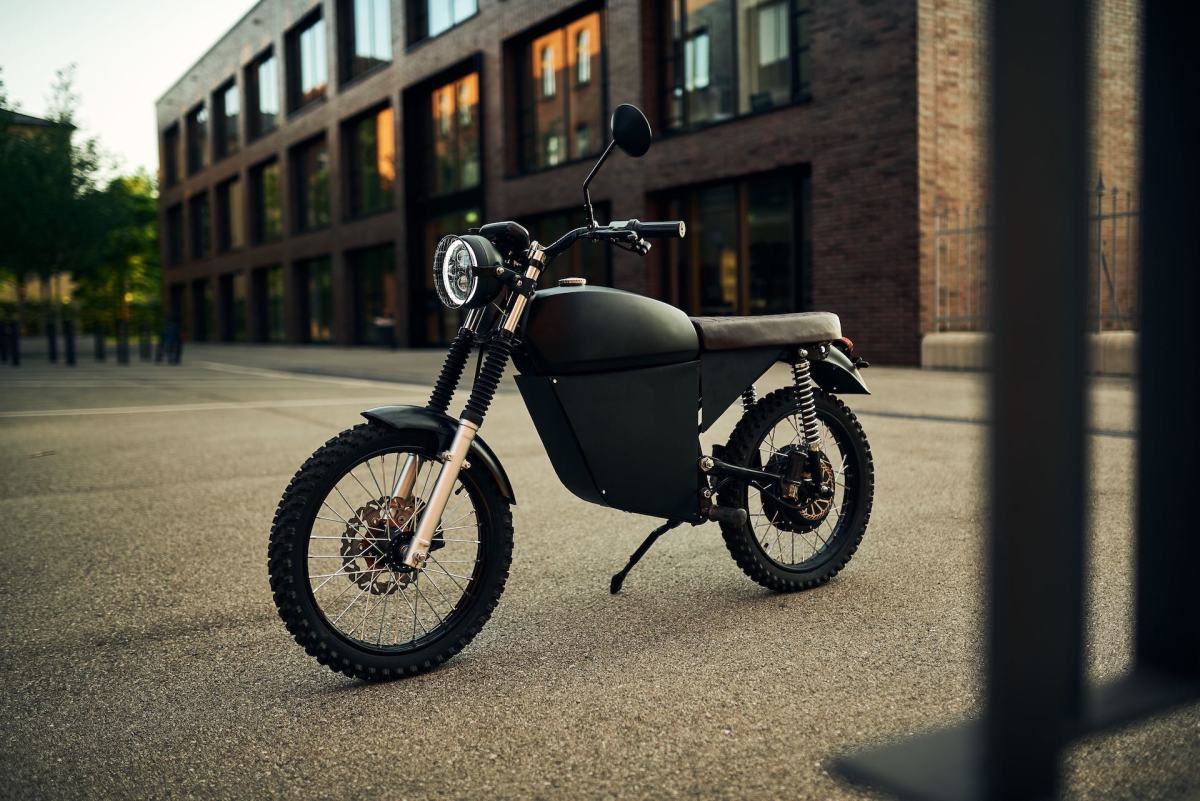
Black Tea
Viktor Sommer founded Black Tea as part of a student contest and the retro design was part of the premise: to make something instantly recognizable as a motorbike, but with just enough suspension travel to be fun on dirt roads. The fusion of retro looks with the SteamPunk fairing strikes us as pretty unique. And we also like the idea of a 180-pound bike that could carry a second, 22-pound battery as a range extender. When it’s on sale next year, Sommer says it’s targeting about $5,000, and he thinks it fits for someone who likes the idea of a 125cc moto for commuting, but one that’s also capable of double-track adventuring, thanks to a highly tunable suspension and the capability to carry two passengers.
Kuberg Ranger
It’s a motorcycle. Or is it a scooter? It’s sort of both, with a free-floating saddle that locks down and out of the way so you can ride the light, 110-pound Ranger in a standing position (think of the utility of a dropper-post on a mountain bike, that makes descending steep terrain a lot safer). And, yes, this is launching on Indiegogo, which always makes us a little concerned, save that Kuberg is a real brand with a range of models, so we feel less queasy about the Ranger. At $3,998 it’s in the range of mid- to high-end mountain bikes, and speaking of that, some parts, like the 180mm Manitou Dorado fork, come directly from that world, while the wheels are sized to let you swap to any motocross tire. Like the Segway, this might be the ultimate learning machine for off-road, and with up to 60 miles of range (limited to 15 mph to eke out that range), it’s also a relatively affordable EV-moto for backcountry escapes, too.
from Men's Journal https://ift.tt/3iG0doA





0 comments